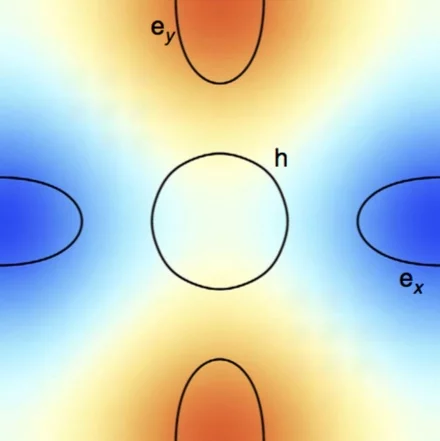The superconducting gap structure in iron-based high-temperature superconductors (Fe-HTSs) is non-universal. In contrast to other unconventional superconductors, in the Fe-HTSs both d-wave and extended s-wave pairing symmetries are close in energy. Probing the proximity between these very different superconducting states and identifying experi- mental parameters that can tune them is of central interest. Here we report high-pressure muon spin rotation experiments on the temperature-dependent magnetic penetration depth in the optimally doped nodeless s-wave Fe-HTS Ba0.65Rb0.35Fe2As2. Upon pressure, a strong decrease of the penetration depth in the zero-temperature limit is observed, while the superconducting transition temperature remains nearly constant. More importantly, the low- temperature behaviour of the inverse-squared magnetic penetration depth, which is a direct measure of the superfluid density, changes qualitatively from an exponential saturation at zero pressure to a linear-in-temperature behaviour at higher pressures, indicating that hydrostatic pressure promotes the appearance of nodes in the superconducting gap.
Reference: Z. Guguchia et al, Nature Communications 6, 8863 (2015)
Read full article: here



